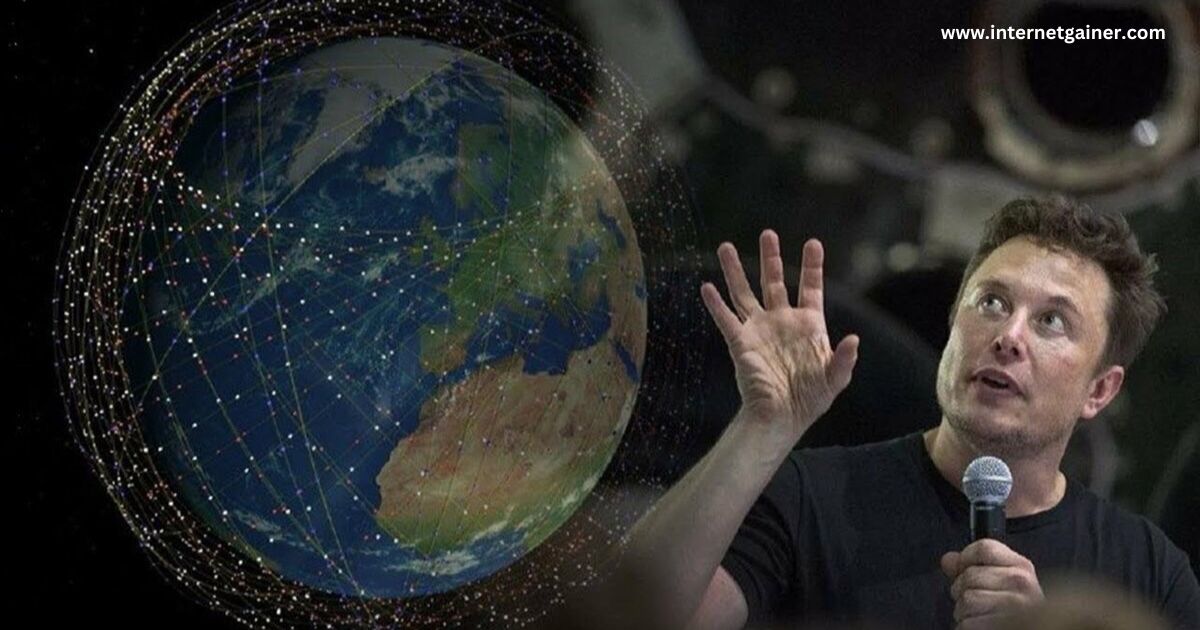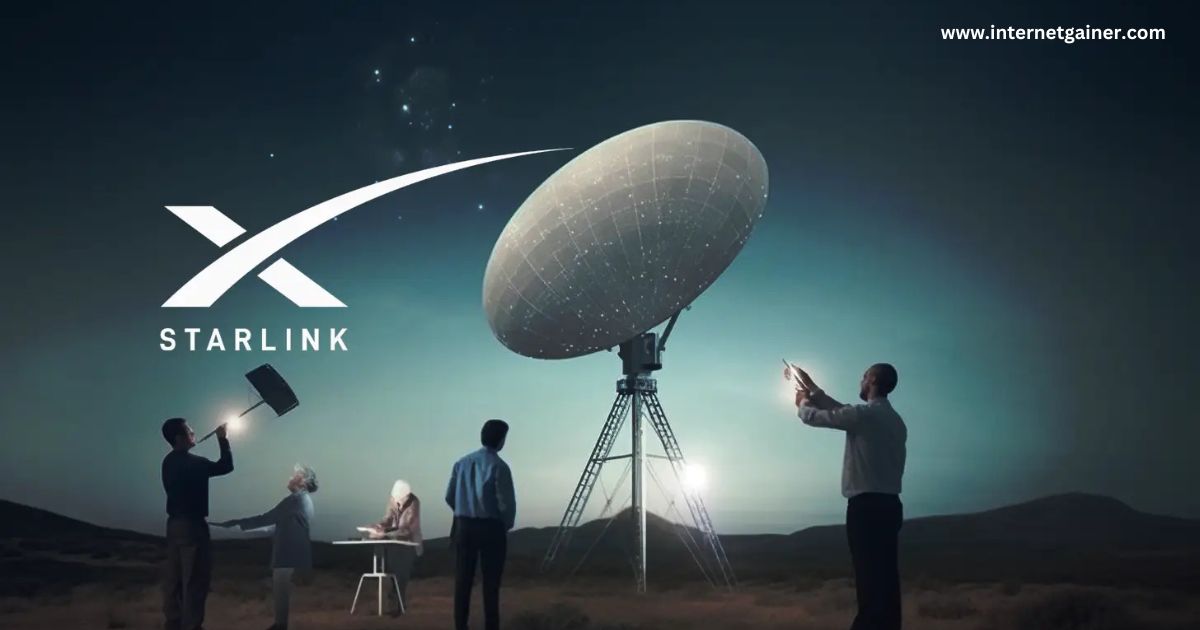Introduction
Starlink, the satellite internet service launched by SpaceX, has captured global attention for its potential to bridge the digital divide. Designed to provide high-speed internet access to remote and underserved regions, Starlink has been a beacon of hope for individuals and businesses struggling with poor connectivity. However, as demand soars, many potential customers in several U.S. cities find themselves on waitlists.
This delay reflects both the extraordinary success of the service and the technical and logistical challenges of scaling it. This article explores the reasons behind these waitlists, the potential impact on customers, and practical steps for navigating this evolving landscape.
Key Takeaways
- Starlink addresses a critical connectivity gap in rural and underserved areas.
- Waitlists are a temporary hurdle as the network scales to meet demand.
- Proper preparation and patience are essential to maximize the benefits of Starlink.
Why Starlink Matters for Customers
Starlink isn’t just another internet provider—it’s a transformative solution for those who have long struggled with unreliable connectivity. Its importance can be understood through three key aspects:
1. Accessibility in Remote Areas
Starlink’s network of low-Earth orbit satellites delivers internet to places where traditional providers are unavailable. In areas like rural Montana and Wyoming, residents have reported gaining access to online resources for the first time.
2. Enabling Economic Growth
Small businesses in underserved regions have leveraged Starlink to connect with wider markets. For example, a rural artisan in Iowa now uses high-speed internet to expand her e-commerce operations.
3. Supporting Critical Services
During natural disasters, such as hurricanes or wildfires, traditional infrastructure often fails. Starlink, with its satellite-based system, has already been used to restore internet in affected areas, aiding rescue operations and emergency communication.
“Starlink is not just about speed; it’s about possibility. It enables lives to connect, businesses to grow, and communities to thrive.” — Digital Equity Alliance
Common Challenges Faced by Starlink Customers

Common Challenges Faced by Starlink Customers
Despite its promise, Starlink users face several challenges, particularly those on waitlists:
1. Prolonged Wait Times
In densely populated or high-demand areas, the network’s current satellite capacity struggles to accommodate all users. Many customers have reported waiting six months or longer.
2. Expensive Upfront Costs
The hardware required for Starlink includes a satellite dish and router, costing $599 upfront. For some, this is a significant investment compared to traditional broadband.
3. Environmental Limitations
While Starlink works well in clear skies, heavy snowfall, rain, or thick vegetation can degrade the signal. Customers must carefully plan their installation sites to avoid these issues.
Benefits of Starlink
Despite the challenges, Starlink offers clear advantages that make it a sought-after service:
High-Speed Connectivity
Starlink’s download speeds range between 50–250 Mbps, with latency as low as 20ms. This makes activities like video conferencing, gaming, and streaming possible, even in remote locations.
Global Coverage Expansion
SpaceX has committed to launching thousands of satellites to expand Starlink’s reach. By 2025, most regions of the world are expected to have access to the service.
Scalability for Future Needs
Starlink is designed to grow alongside user demand. As more satellites are launched, capacity will increase, reducing bottlenecks in high-demand regions.
Risks or Drawbacks of Starlink
Network Congestion
In urban areas or regions with a high density of users, network congestion can lead to slower speeds during peak hours.
Weather-Related Interruptions
While the technology is robust, severe weather can occasionally cause brief outages.
Space Sustainability Concerns
Some experts have raised concerns about the long-term environmental impact of deploying thousands of satellites in orbit.
“As we embrace Starlink’s potential, we must also ensure that the skies remain accessible for all future innovations.” — Astrophysics Journal
How to Choose the Right Approach to Starlink
Selecting Starlink depends on a range of personal and environmental factors:
| Factor | Considerations |
|---|---|
| Location | Ensure you are in a coverage area. Use the Starlink map. |
| Internet Usage Needs | Heavy users (streaming/gaming) may require additional planning. |
| Budget | Factor in both installation costs and monthly fees. |
Comparison of Options
- Starlink vs. Traditional Broadband: Starlink excels in rural areas but may lag behind fiber-optic speeds in urban settings.
- Starlink vs. Cellular Networks: Cellular is cheaper but less reliable in remote regions.
Pro Tip: Before committing, join online Starlink user forums to gather insights from existing customers in your area.
Best Practices for Getting Started with Starlink
- Register Early
Visit the Starlink website and place your deposit as soon as possible. This secures your position on the waitlist. - Plan Your Installation Site
Identify a location with a clear, unobstructed view of the sky. This is critical for uninterrupted service. - Monitor Updates
Stay informed about new satellite launches, as these directly impact service availability in your region.
Mistakes to Avoid with Starlink
Many users unknowingly face issues due to these common mistakes:
- Ignoring Obstructions
Placing the satellite dish in areas with trees or buildings blocking the signal can cause frequent disconnections. - Expecting Immediate Availability
Demand outpaces supply in many cities. Be prepared for a wait, especially in metropolitan areas.
How to Measure Success with Starlink
To ensure you’re getting the best out of Starlink, track key metrics:
| Metric | Optimal Range |
|---|---|
| Latency | 20–50ms for gaming and video conferencing. |
| Download Speeds | 100 Mbps or higher for streaming and browsing. |
| Uptime | Above 95% for consistent connectivity. |
Tools for Measurement
- Use the Starlink app to monitor signal strength and resolve issues.
- Conduct regular speed tests via platforms like Ookla.
Conclusion
Starlink’s waitlists, while frustrating, are a testament to the service’s transformative potential. For many, it offers the only viable path to high-speed internet in regions neglected by traditional providers. Customers should prepare by registering early, optimizing installation, and monitoring performance.
While challenges remain, SpaceX’s commitment to expansion ensures a bright future for Starlink users, especially as new satellites reduce congestion and expand availability.
FAQs
Why are there waitlists for Starlink in certain cities?
Waitlists occur because the number of satellites currently in orbit cannot meet demand in high-traffic regions.
How can I improve my chances of getting Starlink faster?
Register early, pay the deposit, and stay updated on availability through the Starlink website.
Is Starlink worth the wait?
For those in underserved areas, Starlink offers speeds and reliability unmatched by other options, making it worth the investment.
What is the typical wait time for Starlink?
Wait times vary but can range from 3 months to over a year in some high-demand locations.
Does the weather affect Starlink’s performance?
Heavy snow, rain, or dense foliage can interfere with the signal. Proper installation and regular maintenance minimize these effects.
By understanding the challenges and leveraging Starlink’s unique benefits, customers can position themselves to thrive in the modern digital era—even in areas previously left behind. For more Starlink Internet information check the internetgainer.
